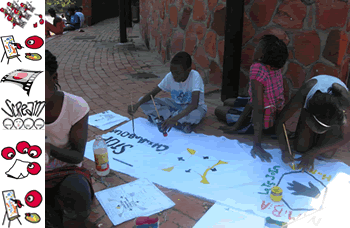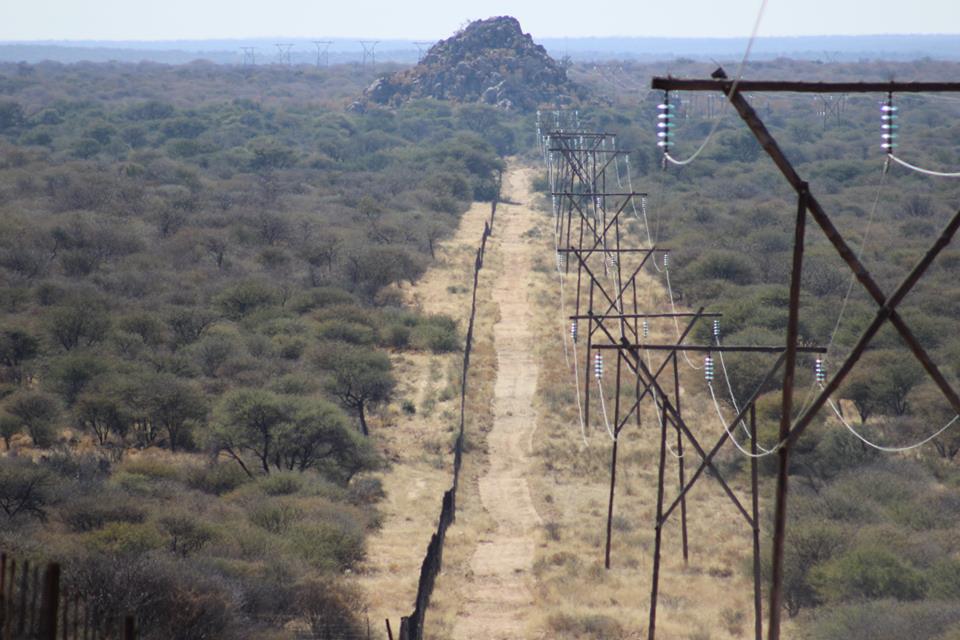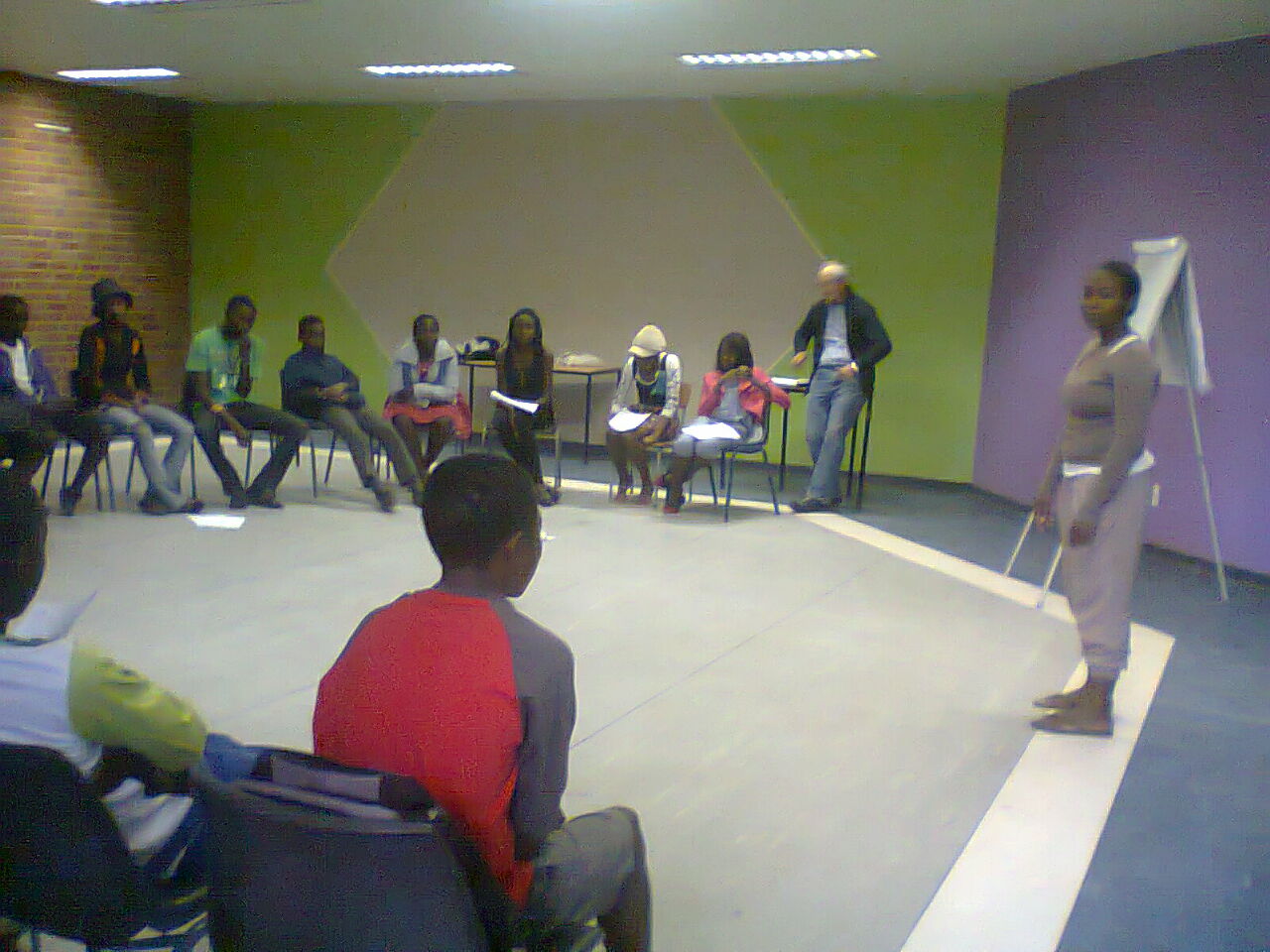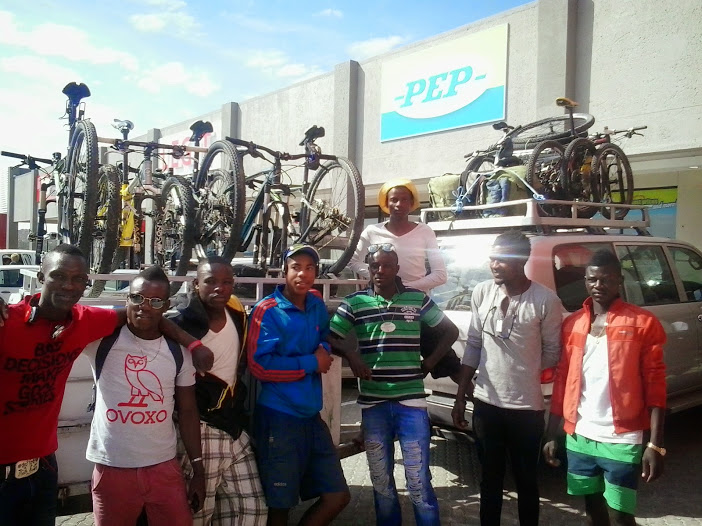P.A.Y. - supervised after-school environment for youth
Wednesday, 06 February 2013
 The findings of two studies on child labour in Namibia have prompted the ILO Namibia office and the Ministry of Labour and Social Welfare to embark on a nationwide programme to raise awareness and generate public debate on this issue.
The findings of two studies on child labour in Namibia have prompted the ILO Namibia office and the Ministry of Labour and Social Welfare to embark on a nationwide programme to raise awareness and generate public debate on this issue.
The International Labour Organisation’s (ILO) Namibia national project coordinator, Simonee Shihepo-Mulamata, says one of these initiatives is to work with Physically Active Youth (PAY), an NGO helping young children to improve their grades by combining physical and academic activities, to engage children on the matter of child labour.
PAY will be working on the mini-project called Support Children’s Rights Through Education, Arts and Media (SCREAM), through which it will target children between the ages of eight to 17.
Nenad Tomic, volunteer academic officer at PAY at the Multi-Purpose Centre in Katutura, says four sessions with the children will be held during the next number of weeks.
The sessions will start this Friday with life-skills sessions and a training camp will be hosted during the school holidays in May.
Using the Scream programme, developed in Italy and tweaked for the Namibian child, PAY will raise awareness of child labour through role play, creative writing, radio and television programmes.
PAY’s programme coordinator Wilhelmina Shiikwa, said the programme will allow the community – a community made up of children – to enter into dialogue on the evils of child labour, which will allow them to have a point of reference when confronted with it.
Shihepo-Mulamata said PAY was identified as a unique organisation dealing with children who have learning difficulties, to implement the mini-project under the TECL programme (Towards Elimination of Child Labour) of ILO Namibia.
The TECL project started in 2004 to 2008, followed up with a second phase (from 2008 to the end of June this year), and hopefully, said Shihepo-Mulamata, a third phase will be embarked upon with a focus on the San community and street children.
Child labour has to be distinguished from household chores for children.
Child labour, according to the ILO, is any work likely to jeopardise the physical, mental and moral wellbeing of children under 18 years, as well as their educational opportunities.
 A review of Namibia’s legislation and policies on child protection is also underway to identify gaps in the law and to harmonise the legal framework.
A review of Namibia’s legislation and policies on child protection is also underway to identify gaps in the law and to harmonise the legal framework.
“We are anxiously awaiting the enactment of the Child Care Protection Bill,” comments ILO Namibia’s national project coordinator, Simonee Shihepo-Mulamata.
“It will be the most comprehensive legislation that deals with child protection, child trafficking, and child labour.”
The studies done – ‘Impact of HIV-AIDS on child labour in Namibia’ and ‘An in-depth study on child labour in the agricultural sector in Namibia: a study of Oshikoto, Ohangwena, Caprivi and Kavango’ – have established that the practice is far-reaching.
HIV-AIDS has significantly diminished some households’ ability to earn an income. Over 70 per cent of the 235 children between the ages of six to 17 years interviewed in the first study at Katima Mulilo, Oshikango, and Tsumeb reported increased levels of poverty food shortages and a lack of shelter, while their families had to spend more money on funerals.
Orphaned children are often compelled to work early and children living with sick parents often engage in the household’s economic activity.
In this study, it was found that 26 per cent of the children were doing domestic work, 16,2 per cent were harvesting maize, and 13,2 per cent were selling goods.
In the second study, of the 845 children (between the ages of 10 to 17), 65 boys and 59 girls were in full-time work, and 361 boys and 310 girls were doing part-time work.
From a 1999 Namibia National Child Activities Survey sample of 72 405 children, 56 301 children (or more than two-thirds) were found in child labour. Sixty-six per cent of these children were employed on subsistence farms, and 1,8 per cent were working on commercial farms.
While many cases of child labour occur in the farming sector, common child labour practices in Namibia include adults using children in criminal activities such as delivering or selling drugs or shoplifting, or commercial sexual exploitation.
“We would like to see an increase in national awareness that will generate a lot of debate to engender a clear understanding of child labour,” says Shihepo-Mulamata.
What bolsters her work, is political will, she comments.
Cabinet in 2010 commissioned joint inspections – consisting of teams of law enforcement agencies, labour inspectors, Police officers, and social workers – in nine of the 13 regions, targeting specifically farms.
There was a follow-up in 2011, and based on the studies’ findings, the Legal Assistance Centre (LAC) is conducting further work in the regions.
In northern Namibia, 74 teachers and school principals in five northern regions have been trained in life skills and are working alongside volunteers to identify children working.
For Shihepo-Mulamata, there are signs that Namibians are waking up to the detrimental effects of child labour and a willingness to act against it.
“Education is the best weapon to eliminate child labour,” says Shihepo-Mulamata.
Read the full story at the Namibian






-page-1.jpg)



